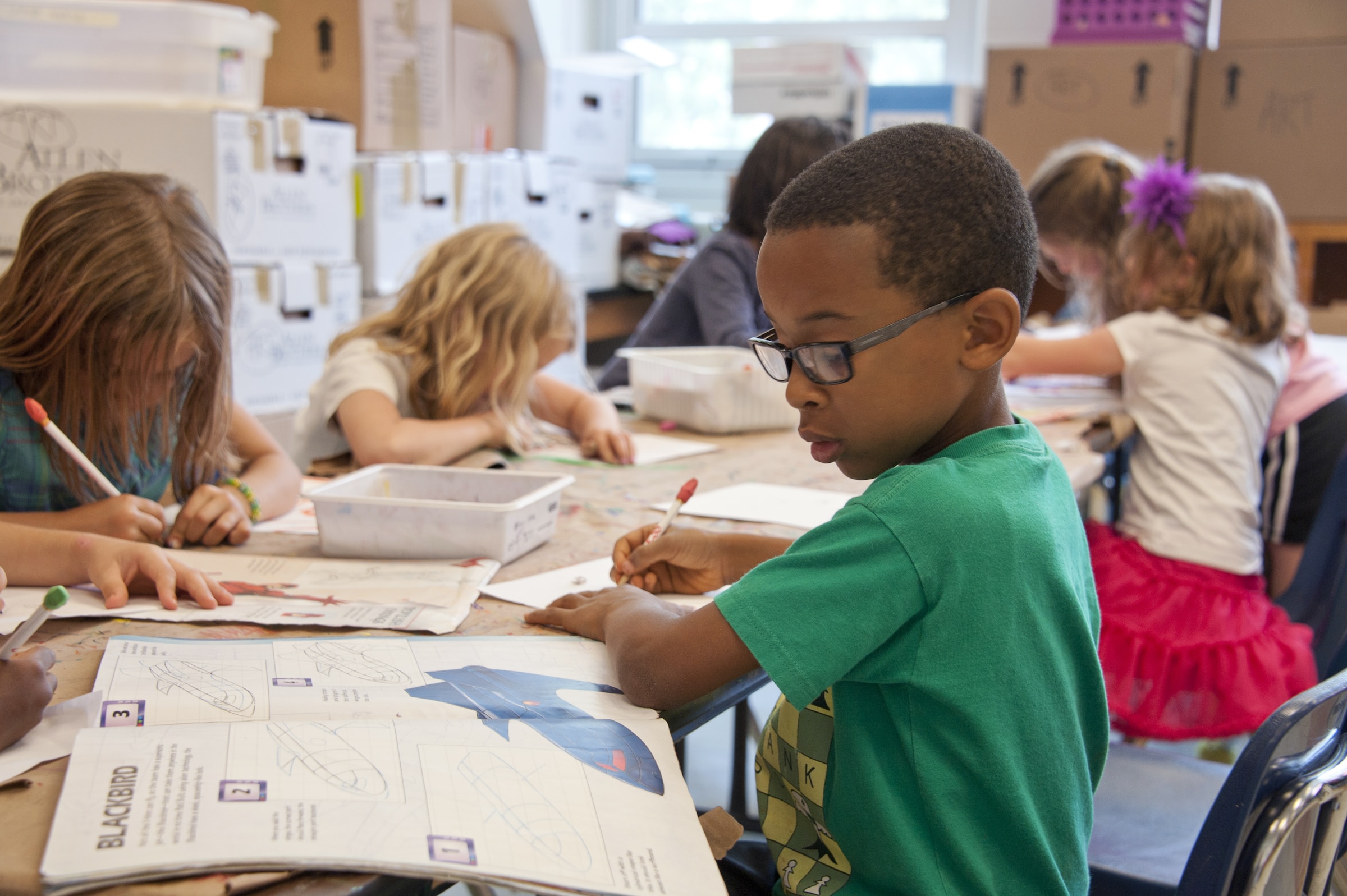As teachers, we have the incredible opportunity to shape the future by molding young minds and nurturing their growth. One of the key aspects of a successful learning environment is the sense of belonging and inclusion that students feel within their classroom community. In the primary grades, creating this atmosphere is especially crucial, as it lays the foundation for academic success and social development. In this blog post, we will explore effective strategies to ensure that every student in every grade feels like an integral part of the classroom community.

1. Start with a Warm Welcome:
First impressions matter, and the first day of school sets the tone for the rest of the year. Greet each student with a smile and a personalized welcome. Learn their names as quickly as possible, and use their names when addressing them. A sense of recognition and familiarity from day one can go a long way in helping students feel like they belong.
2. Establish Classroom Norms Together:
Involve your students in creating classroom norms and expectations. This empowers them to take ownership of their learning environment and ensures that the norms are fair and understood by all. When students feel like they have a say in how the classroom operates, they are more likely to follow the rules and take responsibility for their behavior.
3. Morning Meetings:
Implement daily morning meetings where students gather to share thoughts, feelings, and experiences. This provides an opportunity for each child to be heard, fostering a sense of respect and empathy among classmates. It also sets a positive tone for the day and helps students feel valued as individuals.

4. Group Activities and Cooperative Learning:
Incorporate group activities and projects that encourage collaboration and teamwork. This helps students develop social skills like communication and problem-solving while working together towards a common goal. Consider making use of non-academic tasks where the focus is on collaboration such as design challenges and STEAM tasks. Assign groups that mix different personalities and strengths to promote a sense of unity.
5. Classroom Jobs:
Assign classroom jobs to students on a rotating basis. This gives every student a chance to contribute to the community in meaningful ways, whether it’s being the line leader, the librarian, or the plant caretaker. When students have responsibilities, they feel more connected to the classroom and their peers.
6. Peer Recognition:
Create opportunities for students to recognize and appreciate each other’s efforts. Implement a “shout-out” session where students can publicly commend their classmates for positive actions or achievements. This reinforces positive behavior and boosts self-esteem, creating a supportive atmosphere.
7. Cultivate a Growth Mindset:
Teach students about the concept of a growth mindset – the belief that intelligence and abilities can be developed through effort and practice. This encourages a positive attitude towards challenges and mistakes, fostering resilience and a willingness to learn from failures.

8. Celebrating Diversity:
Primary classrooms are often filled with students from various backgrounds and cultures. Embrace this diversity by incorporating lessons, stories, and activities that celebrate different traditions and perspectives. This helps students appreciate the uniqueness of each individual and promotes a sense of inclusivity.
9. Individualized Attention:
While managing a classroom can be demanding, strive to give each student individual attention. Listen to their thoughts, concerns, and ideas. When students know that their teacher genuinely cares about their well-being and progress, they feel more secure and valued.
10. Parent Involvement:
Involve parents in classroom activities and events. Organize family days, parent-teacher conferences, and open houses to create a bridge between the school and home environments. When parents are engaged, students feel a stronger connection between their school life and their family life.
11. Classroom Rituals and Traditions:
Establish rituals and traditions that are unique to your classroom. Whether it’s a weekly storytelling session, a monthly themed celebration, or a special end-of-year ceremony, these rituals create a sense of continuity and belonging that students can look forward to.
12. Conflict Resolution Skills:
Teach students how to resolve conflicts in a respectful and constructive manner. When conflicts arise, guide them through the process of active listening, expressing feelings, and finding solutions together. This empowers students to address issues while maintaining a positive classroom atmosphere.
13. Student Showcases:
Provide opportunities for students to showcase their talents and passions. Whether it’s through art displays, science fairs, or talent shows, allowing students to share their interests with their peers boosts their confidence and helps them connect with others who share similar passions.

14. Random Acts of Kindness:
Encourage a culture of kindness by incorporating random acts of kindness into your classroom routine. Provide opportunities for students to perform small, thoughtful gestures for their classmates, fostering a sense of empathy and generosity.
15. Regular Reflection:
Allocate time for regular reflections, both as a class and individually. This allows students to share their thoughts about their classroom experience, what they appreciate, and any suggestions they might have. Their insights can guide you toward continuously improving the classroom community.
Creating a classroom community where each student feels like they belong is a journey that requires consistent effort and dedication. By implementing these strategies and adapting them to suit the unique dynamics of your classroom, you can foster an environment of inclusivity, respect, and collaboration that empowers your primary students to thrive academically and socially. Remember, the bonds formed in the primary years can have a lasting impact on a child’s educational journey and beyond.







